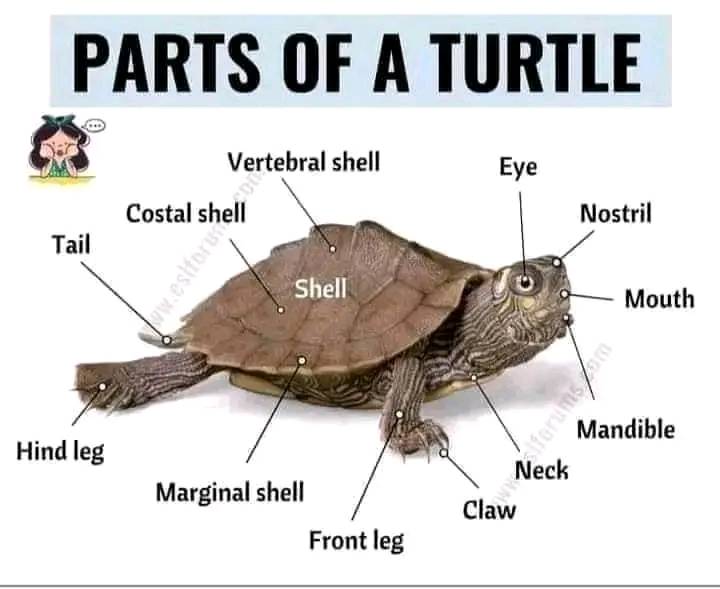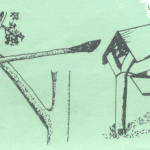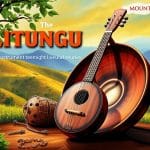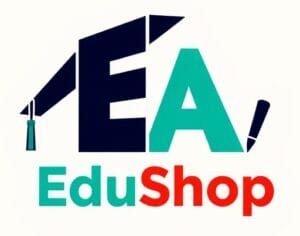
Here’s a description and uses of each part of a turtle based on the new image:
1. Shell
- Description: The hard, protective outer covering.
- Uses: Provides protection from predators and environmental hazards; serves as a home for the turtle.
2. Vertebral Shell
- Description: The part of the shell that covers the turtle’s back.
- Uses: Offers structural support and protection; formed by fused vertebrae.
3. Costal Shell
- Description: The side parts of the shell.
- Uses: Protects the turtle’s sides and contributes to the overall strength of the shell.
4. Marginal Shell
- Description: The outer edge of the shell.
- Uses: Provides additional protection and support; defines the shape of the shell.
5. Eye
- Description: The organ for vision.
- Uses: Essential for navigation, detecting predators, and finding food.
6. Nostril
- Description: The opening for breathing.
- Uses: Allows the turtle to breathe while swimming; aids in detecting scents.
7. Mouth
- Description: The opening used for feeding.
- Uses: Used for eating food and drinking water.
8. Mandible
- Description: The lower jaw.
- Uses: Helps in grasping and chewing food.
9. Neck
- Description: The flexible part connecting the head to the body.
- Uses: Allows the turtle to reach for food and maneuver in its environment.
10. Front Leg
- Description: The limbs at the front of the turtle.
- Uses: Used for swimming and walking; aids in digging and climbing.
11. Hind Leg
- Description: The limbs at the back of the turtle.
- Uses: Primarily used for swimming and provides propulsion in water.
12. Tail
- Description: The elongated part at the rear.
- Uses: Used for balance, signaling, and in some species, for mating displays.
13. Claw
Uses: Used for digging, climbing, and grasping.
Description: The sharp digits on the legs.
Featured Resources
- Understanding Beekeeping: Key Components and Factors Affecting Honey Quality
- The Essential Sources of Protein in Our Diet
- Challenges in Health Promotion within Local Communities
- Careers in Health Education: Exploring Diverse Opportunities
- Essential Safety Measures and Regulations in the Laboratory
- Essential Materials Found in a First Aid Kit
- Understanding the Causes of Common Laboratory Accidents: A Safety Guide
- Melodies of Heritage: Exploring 7 Kenya’s Traditional String Instruments
- Grade 4 Exams
- How to teach 3D grade 5 Mathematics
- Unlocking the Future of Lesson Planning: Meet Your New Teaching Assistant
- Lower Primary Education (Grade 1-6) Learning Areas and Number of Lessons
- Learning Areas for Early Years Education Pre-Primary Education
- Organization of Basic Education in Kenya’s Competency-Based Curriculum (CBC)
- UPPER PRIMARY & JUNIOR SECONDARY LEARNING AREAS







